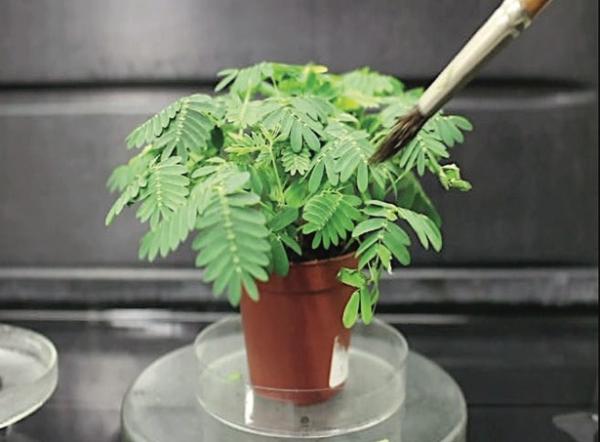
Today, surgery and anesthesia go hand in hand. For many medical procedures, being both unresponsive and unconscious is a luxury that did not always exist. Anesthesia was used for the first time during a surgical procedure in 1846 to remove a tumor from the neck of a patient.
At that time, almost 200 years ago, the choice drug was ether which, although incredibly effective at rendering people unconscious, is also incredibly dangerous. Now, there are numerous different compounds in the anesthesiologist's arsenal that can be used, more safely, to achieve the same effect. Interestingly, the chemicals used vary widely in structure (extending even to chemically inert elements such as the noble gas xenon), leading to a general curiosity of how things that are so different all perform the same job? To this end, anesthesia's mode of action remains controversial.
To explore this area, an international team of researchers explored the effect of anesthesia on plants which is newly published work in the Annals of Botany. Their goal was to link information about how anesthetics work in the plant system to the animal system.
It is known that plants react to anesthetics. Over one hundred years ago, Claude Bernard demonstrated that the plant, Mimosa pudica L., did not respond normally to touch, by closing its leaves, under diethyl ether. He and others have concluded that the process that is disrupted by anesthetics is likely to be shared by plants and animals.
The new study used a wider range of plants compared with previous studies. They showed that, after 1 h of 15 % diethyl ether vapor treatment, the Mimosa pudica plants completely lost their response to touch stimuli (gentle stroking the petiole with a paintbrush)

The Venus flytrap, (Dionaea muscipula), showed a similar effect when, after an hour of 15% diethyl ether treatment, the closing response to multiple stimulations of the trigger hairs showed no response. The response recovered 15 min after the removal of diethyl ether. This can be seen in the figure below.

It wasn't just touch induced responses that were altered, however. The researchers showed that anesthetics affect multiple different processes. (1)
The results of this study suggest that the lack of movement of the plant is due to the inhibition of action potentials which are the electrical impulses that neurons use to communicate. Action potentials are caused when different ions cross the neuron membrane. This suggests that anesthetics work similarly in plants and animals. Because of this, plants can serve as model organisms to study how anesthesia works in humans, and may be the key to unlock many questions that still remain regarding how they work, well after their first use almost 200 years ago.
Notes:
(1) They induce exaggerated production of reactive oxygen species (ROS) in Arabidopsis and maize root apices, inhibit dormancy breaking and chlorophyll accumulation, seed germination and alter normal membrane properties and vesicle trafficking in plant root cells.
Source: K. Yokawa. "Anaesthetics stop diverse plant organ movements, affect endocytic vesicle recycling and ROS homeostasis, and block action potentials in Venus flytraps" Annals of Botany



